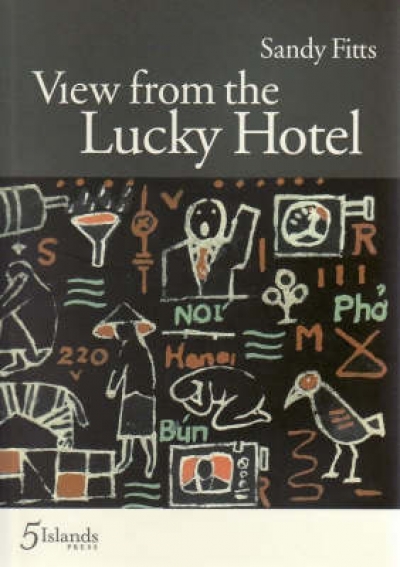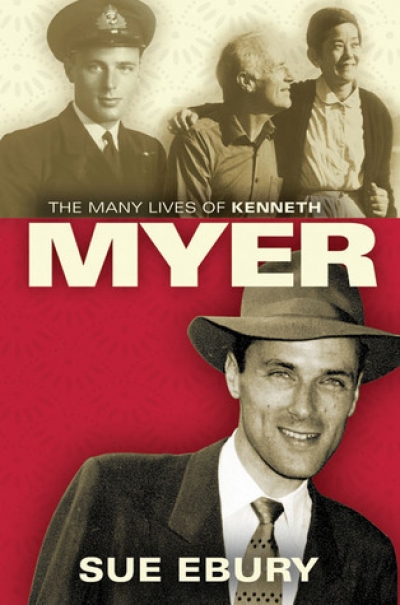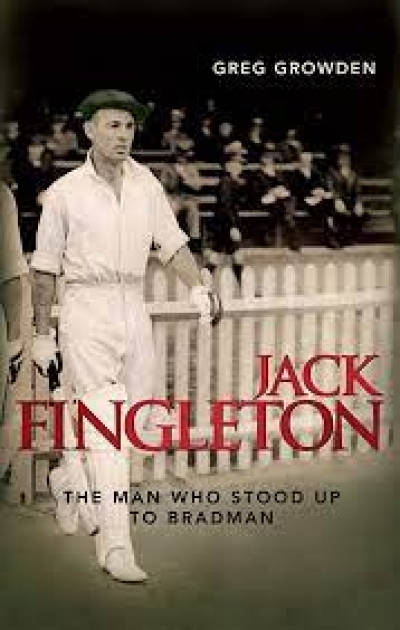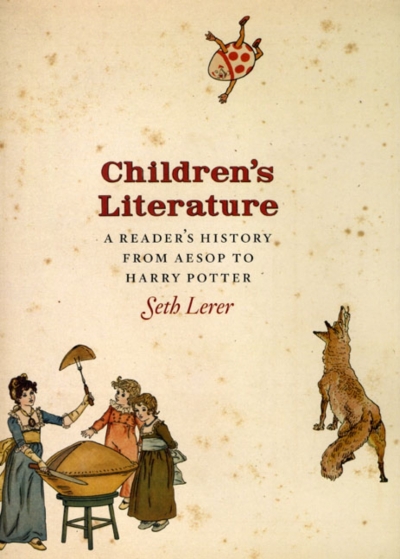Review
The Keys to the Kingdom: Superior Saturday by Garth Nix
by Benjamin Chandler •
Jack Fingleton: The Man who stood up to Bradman by Greg Growden
by Brian Stoddart •
Families: Modern Australian short stories edited by Barry Oakley
by Christina Hill •
Strange Museums: A Journey through Poland by Fiona McGregor
by Claudia Hyles •









